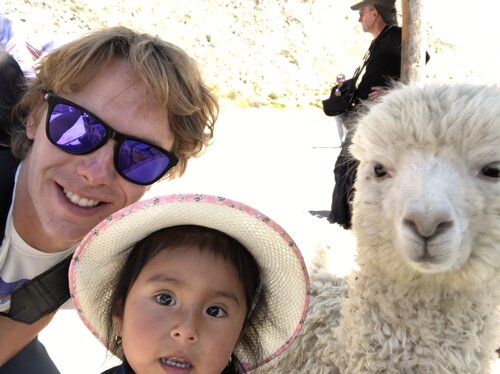
Hi all. I wanted to do something new for myself. Try to write a travelogue, or at least wrap my photos with a few lines. If you have the guts to read it all, I’m curious to have your feedback in the comments. And if you have any questions about this little trip to the other side of the world, don’t hesitate.
After an evening of anxiety we are finally on the plane for a 14 hour flight. And yes the British airway strike went through there and we learn 12 hours before our departure that our return flight is canceled. Everything will finally be settled once at the departure airport, and we take advantage of this long flight to decompress and recover from our emotions. So off we went to Lima, the capital of Peru, located to the west of South America. We are looking forward to discovering this continent for the 1st time and exploring this country which promises to be culturally very different from ours.
A few days in Lima allow us to recover from jet lag and gradually discover the culture of this country. A cooking class teaches us a lot about the local gastronomy, and allows us to know the dishes and the typical ingredients. We are already looking forward to continuing our journey to try it all. The city of Lima in itself is not very exotic. It is a capital of 9 million people with all that it entails. Even if we could have stayed there for several weeks to tour the restaurants and markets of the city, we are impatient to take the plane to Cusco. We fly over the Andes mountain range by day for the 1st time. The spectacle is incredible seen from the sky. A splendid mountain range with a relief that we are not used to seeing in Europe.



We have arrived at our destination. This city located further south is perched at 3400m. The altitude is sometimes felt but nothing handicapping for us. Which is apparently not the case for everyone. But fortunately candies and various coca teas are supposed to help you in this transition at altitude.
After exploring the city we leave for our 1st expedition, and not the least. Direction Macchu Picchu, the ancient Inca city, wonder of the world. The alarm clock is scheduled in the middle of the night to go to the station and board the train which will bring us to the starting point of our trek. Rather than visiting the Macchu Picchu during the day in the midst of thousands of tourists, we are doing the 2 days Inca trail to avoid the crowds and discover the surroundings of this world famous site.
Km 104 . Point de départ du 2days Inca Trail

After several hours of train we are finally arrived at the famous kilometer 104. The train stops in the middle of nowhere. We disembark and here we are in front of a bridge to cross the Urubamba river. After having passed a check point, verification of entries and passports, we are finally ready to start our hike on the Inca trail. The trail is narrow but very pleasant. The elevation gain is small and constant except for 2 or 3 steeper passages but nothing very impressive, especially if you are used to walking. For the record 2 New Yorkers (Manhattan) of our group having never walked finished this trail without too much difficulty. We follow the river below, the sun is also there and illuminates the mountains around us. The regular breaks in our guide allow us to learn a little more about the Inca culture. All this remains rather theoretical until the moment when, suspended and lost in the mountains, we see the 1st terrace.




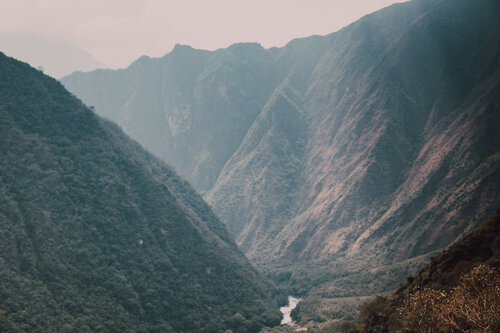

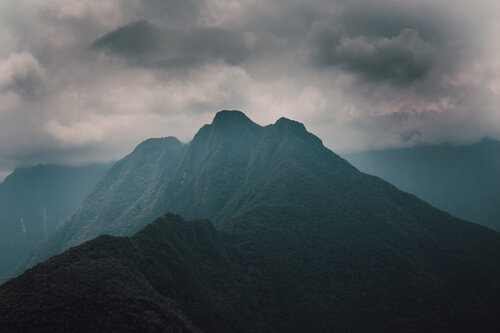

It’s impressive. How terraces like these can be there in the middle of nowhere…. We start to imagine the Incas of the time building this. I still wonder how this is possible …. Modern architects did not invent hot water ^^. It is with heart balm that we continue our hike to finally discover this famous Machu Picchu. After a few hours of effort we are at the foot of an impressive staircase. Our guide promises that this is the last climb. We are almost reassured. We hang on, we climb these gigantic steps. And the … surprise, we will arrive at the Sun Gate. Passing on the other side of the mountain we finally see this famous Inca citadel. And there is a big “Whaooou”. It’s just impressive. The city is perched on the mountain and all this in the middle of the forest. Our guide tells us that quite a few explorers missed (without seeing it) this wonder during their first expeditions. And we understand why … We absolutely do not expect to find a city made of stone like this in the middle of a dense and hanging forest on the side of a mountain.
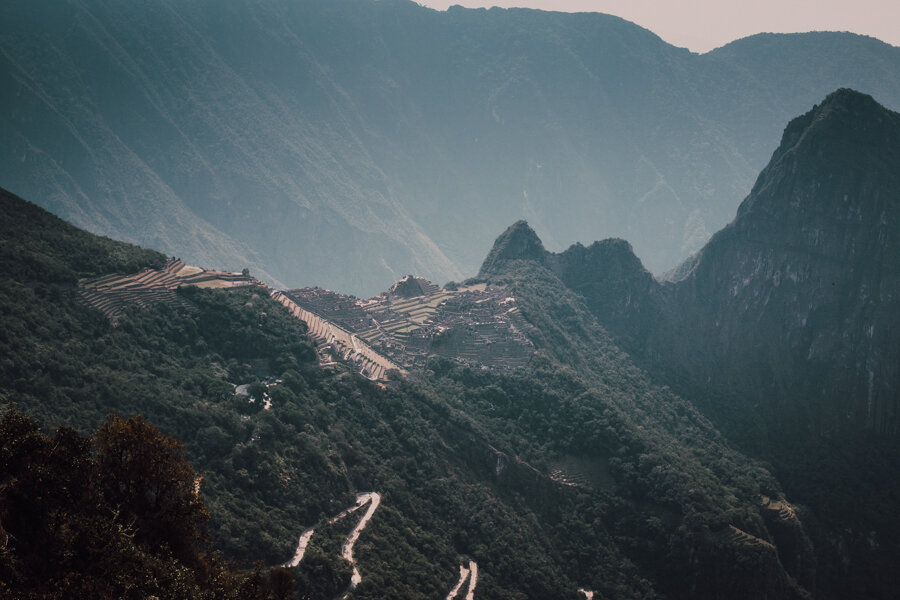
After a few minutes spent on the upper part of the site, we head towards the exit to take the bus in the direction of Aguas Calientes. This city concentrates the arrival station of the daily trains for the Macchu Picchu, as well as the starting point of the army of buses which goes up to the entrance of the site. So it’s a tourism hub and everyone goes there to get to Machu Picchu. Suffice to say that we are far from a typical Peruvian city with its South American charm. But no matter we took full eyes and we go back the next day to visit every corner of this wonder.

The alarm rings … it’s 2:30 am … it’s hard …. especially after the day before. But it is apparently worth it. Who says 1 er standing in the city at the foot of Macchu Picchu, says 1 er arrived at the top and the promise to walk in the Inca city without having 1000 people per square meter. Unfortunately we were obviously not the only ones aware of this good plan ^^! A queue of about 70m in the main street … but what do all these tourists do at 3am to wait. Let them go home! And yes even if we are a tourist we always feel less tourist than the tourist next door (you know what I mean). After a good hour’s waiting, an army of buses begins to arrive. There is nothing to say, they are run in and it flows. Once at the top of this long winding road, we thought we were at Alpe D’Huez, we entered the site in the 1st. The small crowd dissipates fairly quickly and we find ourselves relatively alone for the visit. It is once again impressive. And the craziest thing is that we are not sure of the reason for its creation and the function of these immense terraces. Agriculture or Religion? The debate is open !


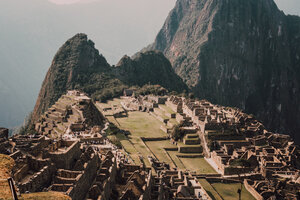
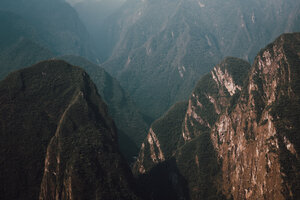



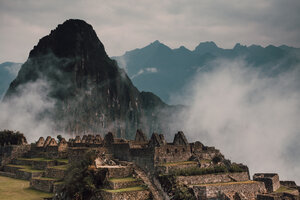
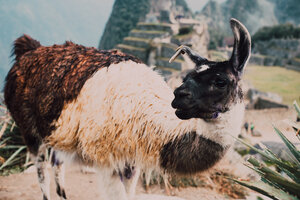
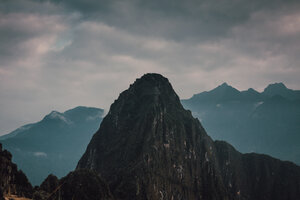



After exploring and discovering the local gastronomy, we begin our second expedition in search of the treasures of Peru and the surroundings of Cuzco.

For today, it will be the terraces of Moray and the Saltworks of Maras. Wake up early, a lot of buses… in short, a typical day exploring Peru. We first arrive in Moray to observe the terraces.
Scientists are still unsure of the role of these terraces. Again, 2 theories, agricultural or religious, clash here and each of them has its arguments. According to some, the Moray site was an Inca agricultural research center. The concentric terraces made it possible to create different micro-climates. In the center the temperature was higher there, it gradually softened up to the periphery. Each floor also made it possible to reach different conditions and thus be able to cultivate various species in a relatively small space. The other hypothesis is a religious temple where ceremonies and sacrifices were performed.
After exploring and discovering the local gastronomy, we begin our second expedition in search of the treasures of Peru and the surroundings of Cuzco.
For today, it will be the terraces of Moray and the Saltworks of Maras. Wake up early, a lot of buses… in short, a typical day exploring Peru. We first arrive in Moray to observe the terraces.
Scientists are still unsure of the role of these terraces. Again, 2 theories, agricultural or religious, clash here and each of them has its arguments. According to some, the Moray site was an Inca agricultural research center. The concentric terraces made it possible to create different micro-climates. In the center the temperature was higher there, it gradually softened up to the periphery. Each floor also made it possible to reach different conditions and thus be able to cultivate various species in a relatively small space. The other hypothesis is a religious temple where ceremonies and sacrifices were performed.


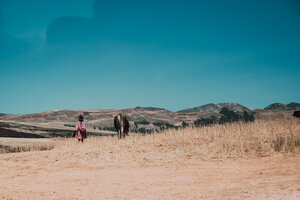

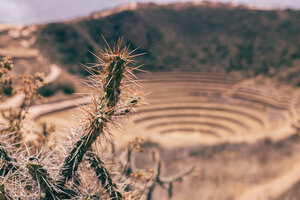



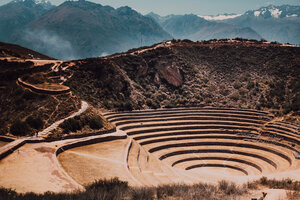

We then head for Salt Pans of Maras . Again and again terraces but this time they are formed by basins. A bit like the terraces used to grow rice, but without rice. A stream saturated with sodium chloride (7 times saltier than sea water) feeds each basin. The different levels of evaporation between the basins gives a very nice color gradient when viewed from above. It’s pretty incredible to extract salt from a stream located 3200m above sea level and several hundred kilometers from the ocean. Anyway, I liked Marras!
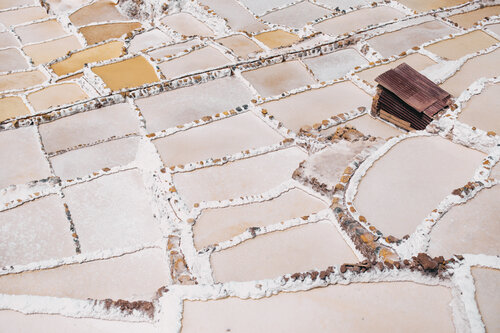
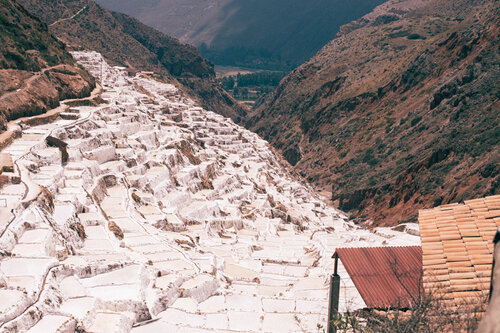

After a long return trip we are back in Cuzco and we come face to face with a kind of carnival. We have no idea what this event means, but it looks like it brings together villages, each dressed in traditional costumes, which “clash” in what looks like dance battles in the main square of the city. in front of a crowd of locals. The groups are chained in what seems to us to be a mess not possible. In short, we understood absolutely nothing, but the colors were magnificent, the music lively and the people very nice and accessible. We then take advantage of our last evening in Cuzco to observe the sunset from the heights of the city and say goodbye to this magnificent city surrounded by mountains.
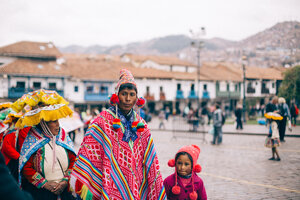






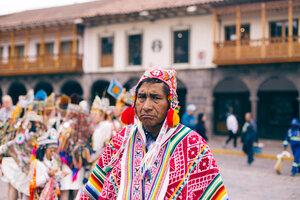






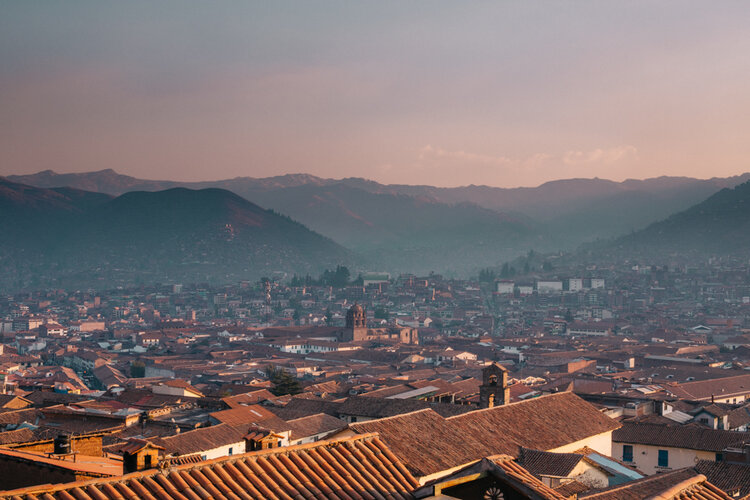
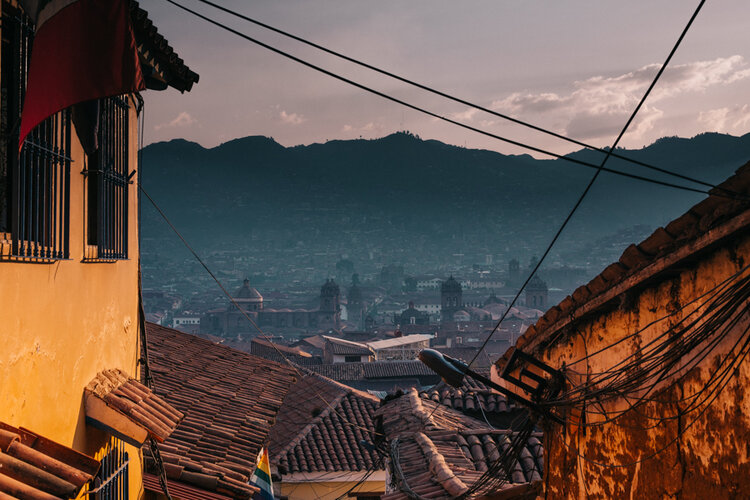
Between 2 restaurants in the capital of Peruvian gastronomy (we have only heard good food from Arequipa since our arrival in Peru), we set off to observe the condors above the Colca canyon, one of the deepest in the world, twice as deep as the Grand Canyon in the USA. Once again, the departure is more than early, but the promise of observing this majestic bird soaring above puts us in the balm. It is actually necessary to get there early because it is when the sun begins to heat the ground and the thermal differences are the most important that the condors come out and take advantage of the ascending hot air currents for planner. We are lucky and we can see 5-6 above our heads for a good 20 minutes. Then nothing … so it’s time to go back. On the way back we cross large plains covered with vegetation and dotted with small water courses. An ideal habitat for the herds of wild Alpacas we meet.
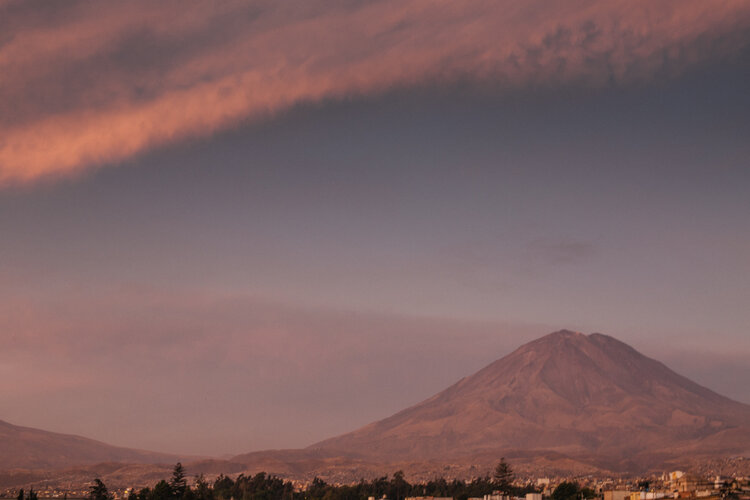

Entre 2 restaurants dans la capitale de la gastronomie Péruvienne (nous n’entendions que du bien des petits plats d’Arequipa depuis notre arrivée au Pérou), nous partons observer les condors au dessus du canyon de Colca, l’un des plus profonds du monde, 2 fois plus profond que le grand Canyon aux USA. Encore une fois le départ est plus que matinal , mais la promesse d’observer cet oiseau majestueux planer au dessus nous met du baume au coeur. Il faut effectivement s’y rendre tôt car c’est lorsque le soleil commence à chauffer le sol et que les différences thermiques sont les plus importantes que les condors sortent et profitent des courants d’air chauds ascendants pour planer. Nous sommes chanceux et nous pouvons en observer 5-6 au dessus de nos têtes pendant une bonne 20aines de minutes. Puis plus rien …. il est donc temps de rentrer. Sur le chemin du retour nous traversons de grandes plaines recouvertes de végétation et parsemées de petits courts d’eau. Un habitats idéal pour les troupeaux d’Alpagas sauvages que nous croisons.
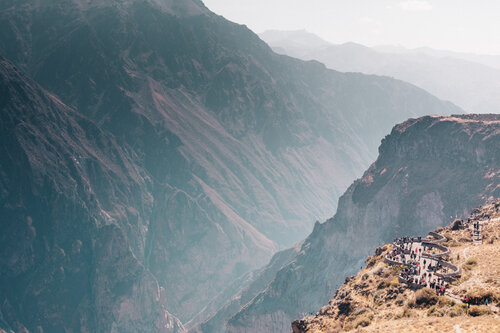




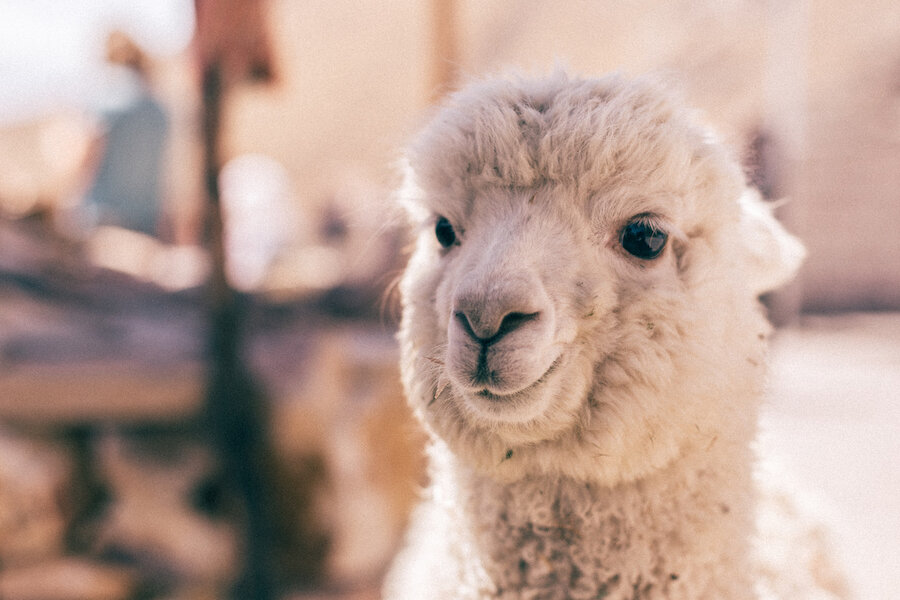
Il est malheureusement temps de mettre un terme à nos deux semaines de découverte de ce magnifique pays. Direction Lima pour prendre notre vol retour. Pour une 1ère découverte de l’Amérique du Sud nous avons été séduit. Et nous repartons avec des idées pleins la tête pour nos futurs aventures. Les Andes sont vraiment magnifiques et nous espérons en découvrir d’avantage.
